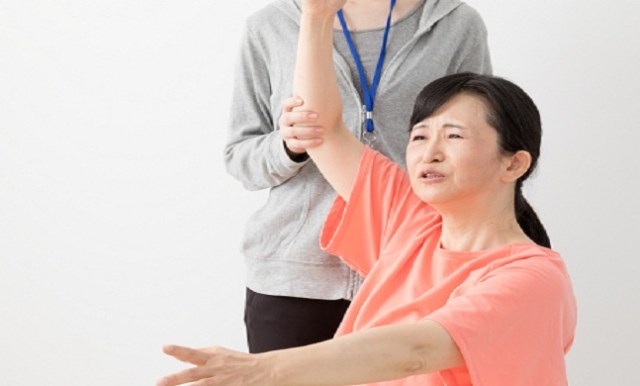Frozen Shoulder
Overview
As the name suggests, frozen shoulder is a condition involving the shoulder joints. It also goes by the name of adhesive capsulitis. It is caused due to inflammation, thickening or shrinkage of the capsule surrounding the shoulder joint. The disorder is characterized by progressive pain and stiffness in the shoulder joint which usually resolves spontaneously within 18 months. However, around 40% patients may develop mild to moderate persistent symptoms, the cause of which remains unknown. The condition is particularly associated with diabetes, dupuytren’s disease, hyperlipidaemia, hyperthyroidism, cardiac disease and hemiplegia. It occasionally appears after recovery from neurosurgery.
Clinical picture
The patients aged between 40 -60 may give a history of trauma, often trivial, followed by aching in the arm and shoulder. Pain gradually increases in severity. As a result of this, the patient may have to prevent sleeping on the affected side. After several months it begins to subside but as it does so, stiffness becomes an increasing problem continuing for another 6-12 months after pain has disappeared. Gradually, movement is regained but it may not return to normal and some pain may persist.
The diagnosis of frozen shoulder rests on two characteristic features:
- Painful restriction of movement in the presence of normal x-rays
- A natural progression through three successive phases.
Symptoms
A person suffering from frozen shoulder will typically go through three stages, the symptoms of which are uniquely characterized.
- Stage 1- Freezing stage: In the freezing stage, your shoulder develops pain every time you move it. As a result of this, you are able to move your shoulder within a limited range only.
- Stage 2- Frozen stage: The frozen stage is characterized by a lower level of pain and a higher level of stiffness as compared to the freezing stage. As a result of this, the shoulder’s movement becomes a highly difficult task.
- Stage 3- Thawing stage: Your shoulder moment begins to improve in the thawing stage.
Conservative Treatment
While recovery is awaited, conservative treatment can help in relieving pain and preventing further stiffness. It is important not only to administer analgesics and anti-inflammatory drugs but also to reassure the patient that recovery is likely.
- Exercises are encouraged, the most valuable being ‘pendulum’ exercises. Furthermore, you can discuss about the various exercises you can perform that can be done within your movement range with your doctor.
- Manipulation under general anaesthesia may improve the range of movement

